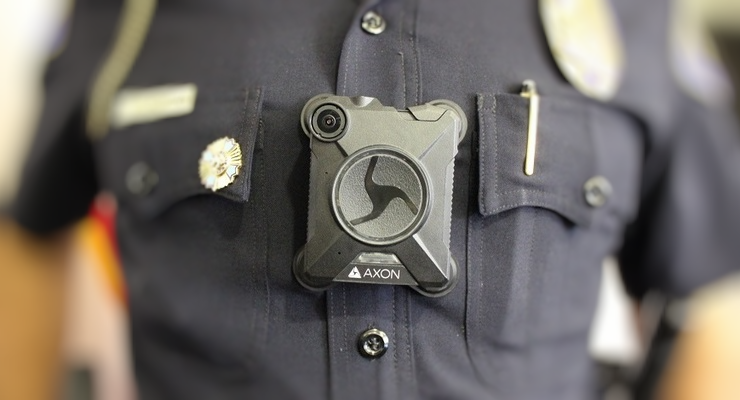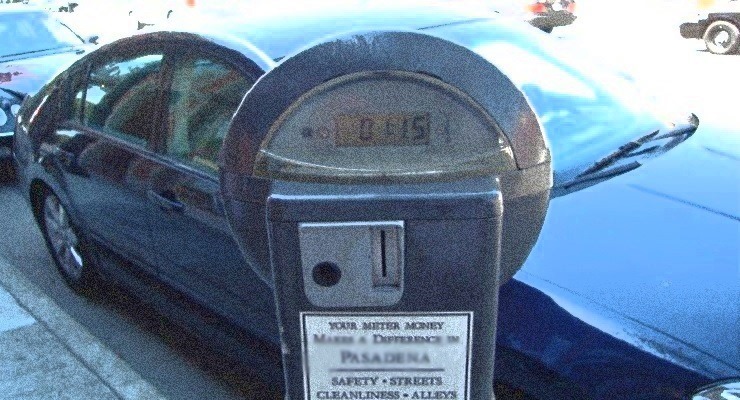 Astronomers from NASA’s Jet Propulsion Laboratory in Pasadena are ruling out the possibility that the 2005 YU55 asteroid is likely to fall down on Earth within the next century. But it will get close next week.
Astronomers from NASA’s Jet Propulsion Laboratory in Pasadena are ruling out the possibility that the 2005 YU55 asteroid is likely to fall down on Earth within the next century. But it will get close next week.
The rocky object was reported earlier to be completing another trip around the sun then passing by Earth within the moon’s orbit on Nov. 8, giving scientists a rare close-up of a space rock that could hold clues to Earth’s origins and future space travel.
The size of the asteroid is approximately 400 meters in length and twice as big as it was formerly estimated by scientists.
It was reported in several publications that this asteroid was discovered by Robert McMillan of the Space Watch Detection Team on Dec. 28, 2005.
Published accounts also said that it is expected to fly by at a distance of 191,120 miles (307,577 km), about eight-tenths the distance between Earth and the moon.
The distance from Earth to the moon is an average about 238,900 miles (384,472 km).Marshalling everything from major radar facilities to backyard telescopes, astronomers are gearing up for a fantastic view of an asteroid called 2005 YU55.
The 400-metre-diameter rock has been predicted to miss the earth on Nov. 8 scraping past us at just 0.85 of the distance between our planet and the Moon.
An advisory from JPL says NASA scientists will be tracking asteroid 2005 YU55 with antennas of the agency’s Deep Space Network at Goldstone as the space rock safely flies past Earth slightly closer than the moon’s orbit on Nov. 8.
Monitoring of the gigantic asteroid will start at 9:30 a.m. local time (PDT) on Nov. 4, using the massive 70-meter Deep Space Network antenna, and last for about two hours. The asteroid will continue to be tracked by Goldstone for at least four hours each day from Nov. 6 through Nov. 10. Radar observations from the Arecibo Planetary Radar Facility in Puerto Rico will begin on Nov. 8, the same day the asteroid will make its closest approach to Earth at 3:28 p.m. PST, according to laboratory personnel.
Radar observations should pin down the orbit for 2005 YU55 to be eligible for a numerical designation from the Minor Planet Center in Cambridge, Massachusetts. That may be a precursor to the asteroid getting a name from the International Astronomical Union.
The fly-by comes as the NASA is set to conduct a workshop on Nov. 14 to deliberate on a proposal by several international space agencies in September.
If ever this becomes possible, it will be possible to transport human beings to an asteroid by the year 2020. US President Barack Obama has expressed support for such a mission as a first step towards sending humans to Mars.













 0 comments
0 comments


